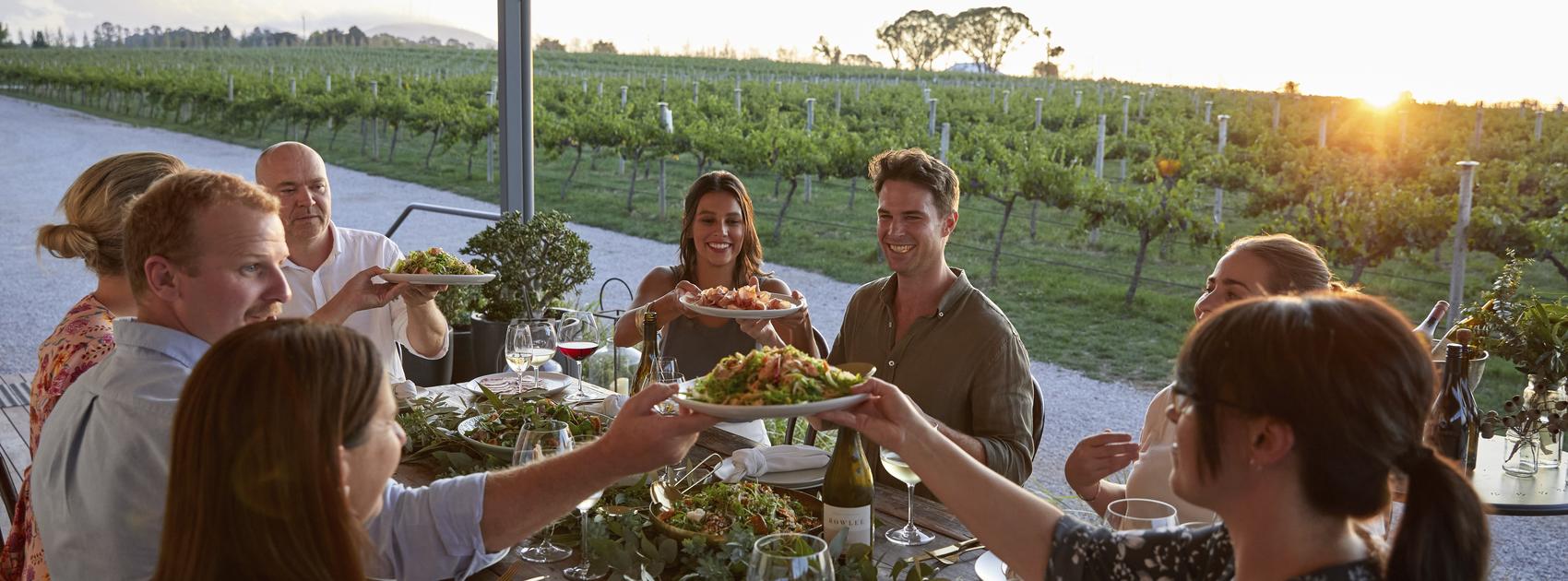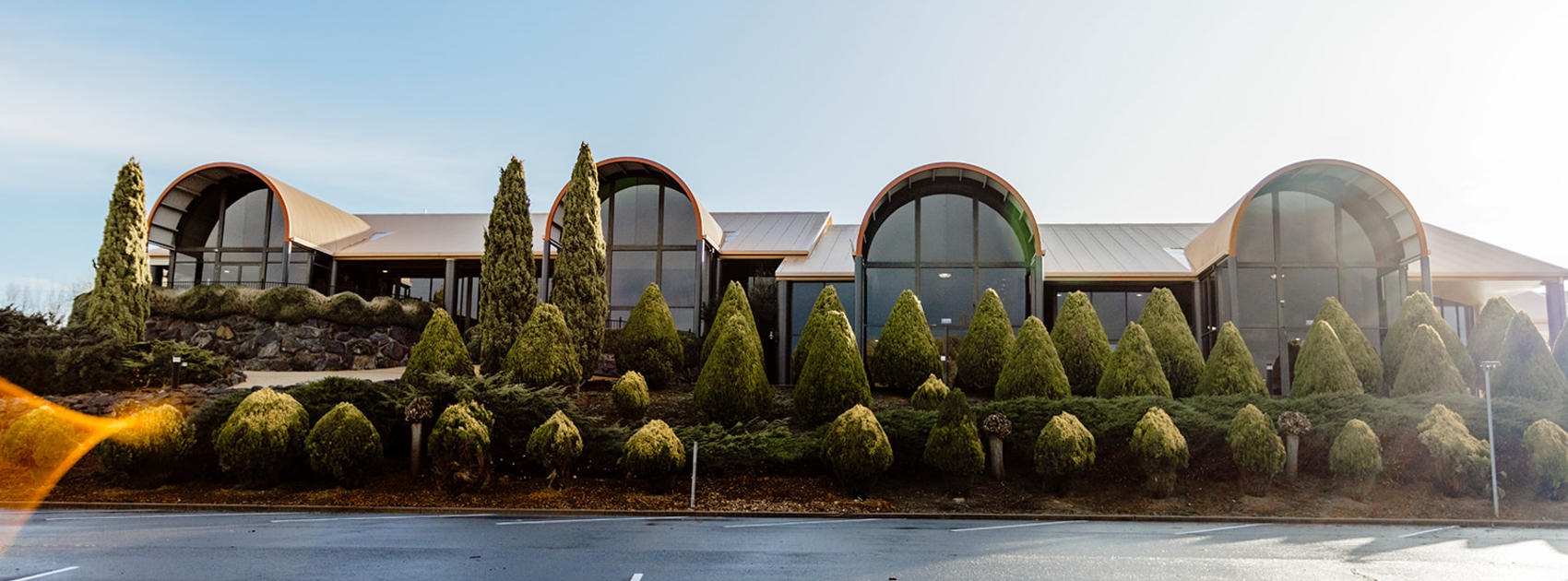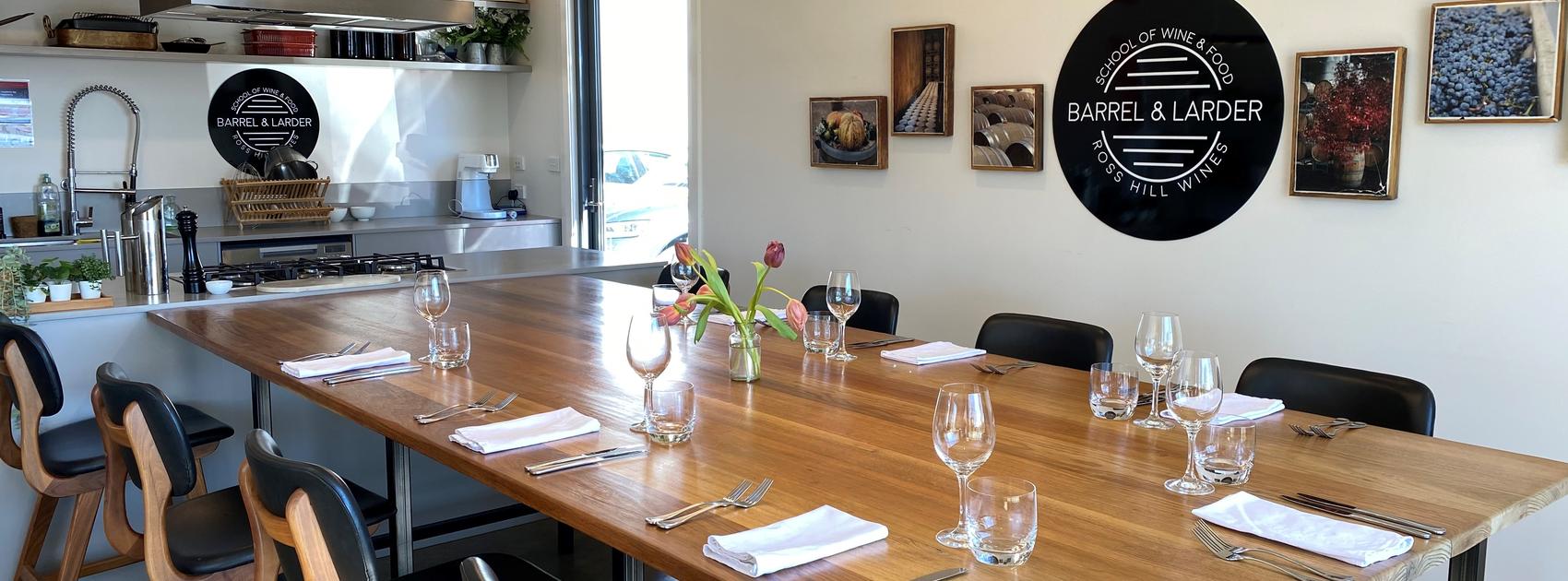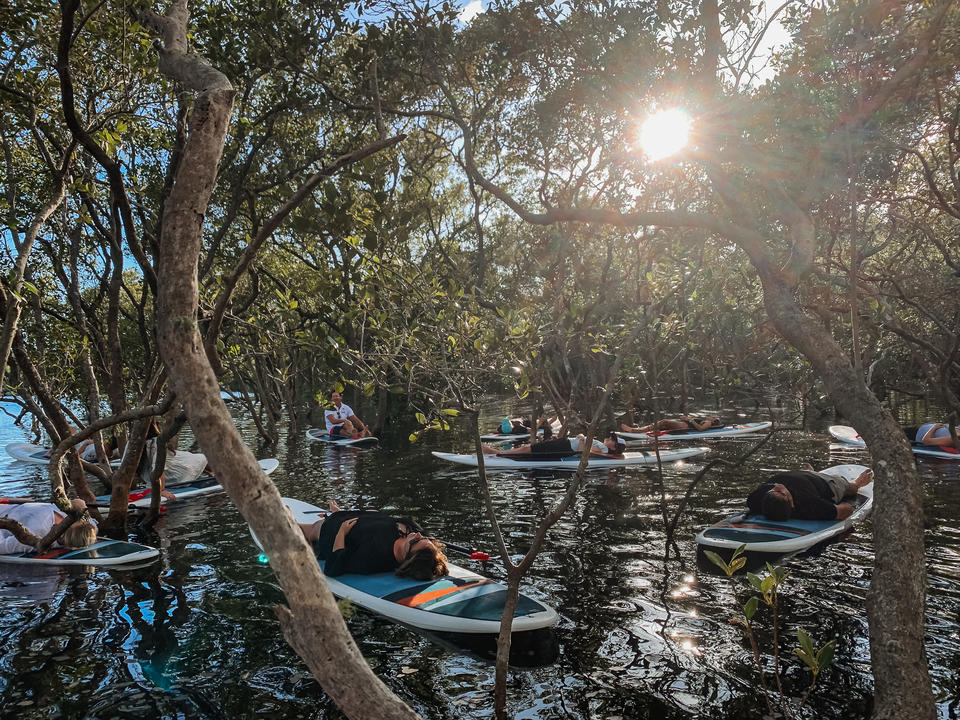Supported proudly by Destination NSW, the AgriTourism Summit brought together producers, operators, tourism professionals and industry stakeholders to share insights and explore opportunities in the fast-evolving sector.
For many delegates, it was immersive, memorable and full of moments that connected them to the land, the people and the possibilities.
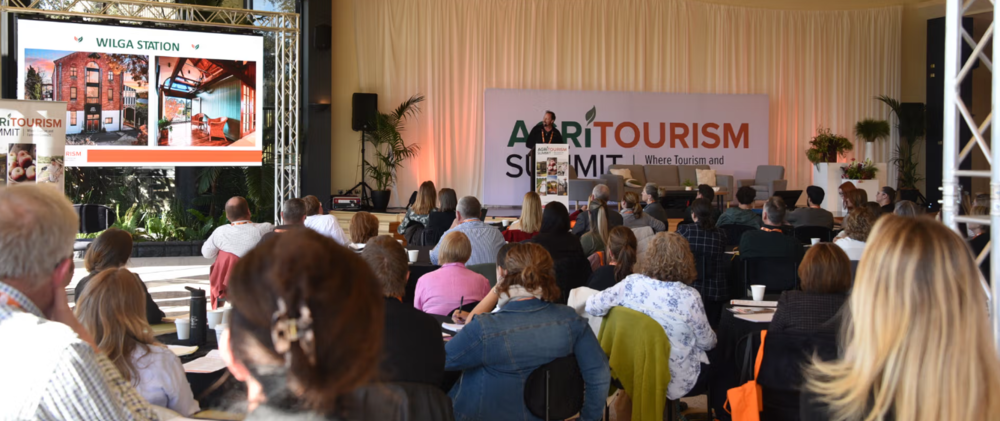
From concept to reality: what worked
Orange was chosen because it offers a rich tapestry of agriculture, food and wine, climate variation and genuine “sense of place.” The event was held at Banksia Orange, which anchors attendees in the landscape from the moment they arrive.
Local suppliers were deeply involved—food producers, vineyard operators, orchards and accommodation providers all shared their terrain. The “Welcome to Orange” networking event featured local produce, authentically presented, giving delegates a literal taste of the region.
Delegates responded positively to the summit’s focus on experiential learning. They did more than hear about agritourism—they saw it. Breakout sessions, on-farm tours (famils) and panels led by farmers and operators meant that stories were grounded in lived experience.
Celebrity chef Matt Moran summed up a recurring theme: “People want to know, more and more, where their food came from, how it’s handled and how it was reared.”
His quote captured the growing consumer appetite for provenance and transparency—trends delegates could feel and taste on site.
Local cherry and apple grower Fiona Hall reinforced the economic rationale: “The purpose of agritourism is to try and diversify our income stream so we are less dependent on volatile markets and the weather.”
These authentic voices gave weight to the program, reminding attendees that behind strategy and policy are real farms, risks and opportunities.
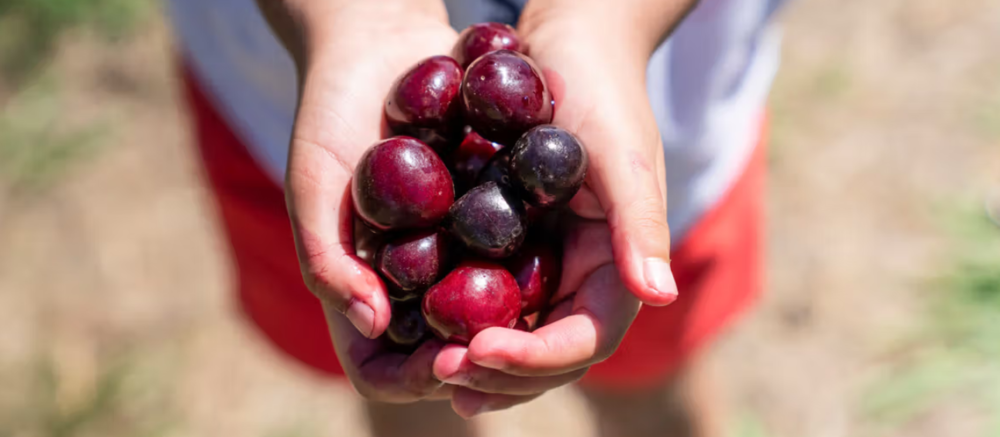
Orange’s success also reflected strong backing from state and local government.
NSW Tourism Minister Steve Kamper said: “The NSW Government is proud to support the 2025 AgriTourism Summit and its focus on future-proofing regional visitor economies. NSW has so much to offer. It is one of the most seasonally diverse agricultural regions in Australia, and we are seeing an increasing number of domestic and international visitors immersing themselves in authentic experiences across the state.”
Combined with logistical capacity—accommodation, venues, transport, and curated farm tours by Orange360—Orange proved it had the infrastructure to comfortably host national business events.
Event organiser Gary FitzRoy said: “Orange is quickly establishing itself as one of Australia’s top agritourism destinations. Agritourism presents a drought-proofing strategy—we want to delve into how we can unlock agritourism’s potential, break through some of the barriers.”
Together, these voices painted a picture of an event with real depth—more than just a program, it was a platform for industry change.
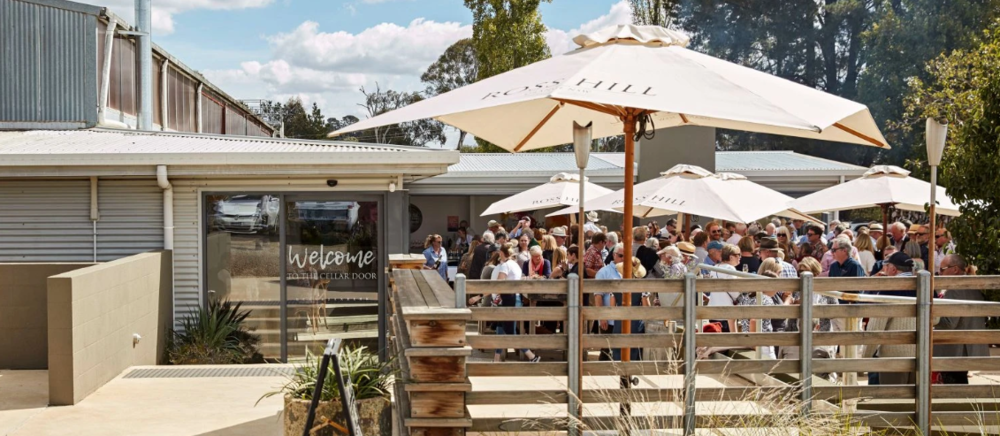
Lessons for business event planners
For many planners, the instinct is to book Sydney, Melbourne or Brisbane: easier flights, more hotels, fewer unknowns. But the Orange AgriTourism Summit highlighted that regional NSW not only meets the “ease of delivery” test—it can surpass metro experiences by delivering authenticity, impact, and lasting delegate connection.
Here’s why:
1. Regional destinations differentiate your event
In crowded calendars, sameness kills impact. A ballroom in a capital city could be anywhere. But when delegates arrive at a venue such as Banksia Orange, framed by vineyards and farmland, the location itself becomes part of the program. That uniqueness turns an event from “another conference” into a signature experience.
2. Authentic local supply chains create value
Food and beverage in the city often means generic catering. In Orange, every networking break became a showcase: cool-climate wines, seasonal produce, orchard tastings.
As Matt Moran noted, delegates increasingly expect to know where their food comes from—and regional destinations can deliver that with authenticity.
3. Immersive experiences drive engagement
Metro venues rarely let delegates walk out the door into a vineyard, farm, or orchard. Orange’s on-farm tours and producer-led panels gave participants more than content—they gave them stories, photos, and memories. Those experiences make events sticky long after the final keynote.
4. Infrastructure and access are stronger than you think
The biggest myth about regional events is that logistics are too hard. In reality, Orange had the accommodation capacity, transport links, and event infrastructure to comfortably host a national summit with a 50 per cent increase in delegates year-on-year. With most attendees travelling from outside the region, accessibility was proven—not theoretical.
5. Regional events build deeper connections
In capital cities, delegates often scatter once sessions end. In Orange, the community itself was part of the program—local suppliers, farmers, and chefs joined the conversation. That sense of connection builds stronger delegate networks, makes events “stickier,” and delivers the sort of feedback that makes planners look brilliant to their boards and clients.
Final takeaways
The AgriTourism Summit in Orange NSW didn’t just promote agritourism—it enacted it. The event was itself a living example of what regional conferencing can achieve: rooted, sensory, authentic, and economically meaningful.
For business event planners weighing their next destination, the lesson is clear: yes, cities are convenient. But if the goal is to deliver an event that delegates remember, talk about, and credit you for—regional NSW offers a competitive edge. When the land, the local stories, and the community are part of the program, the event stops being a meeting and becomes an experience.
